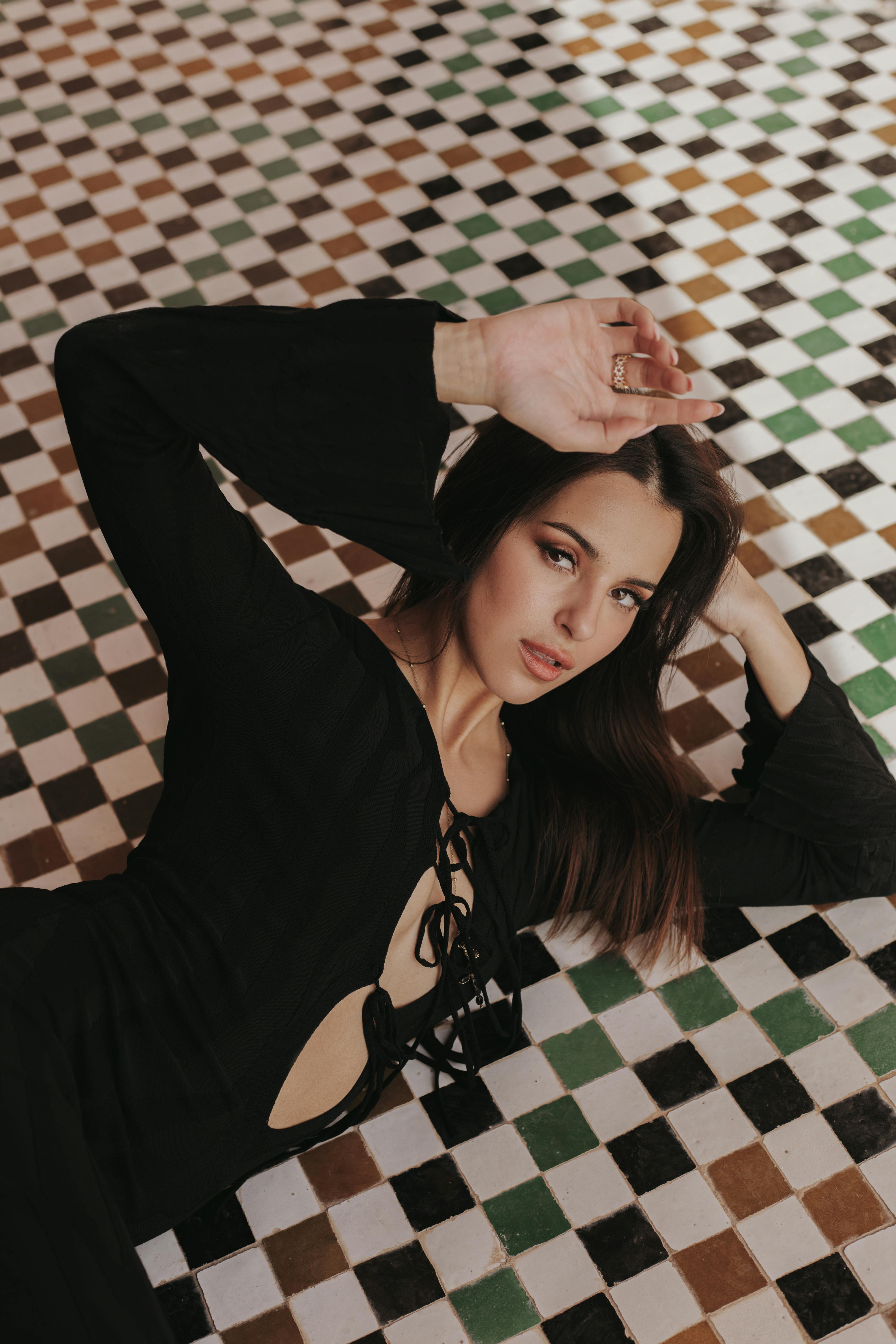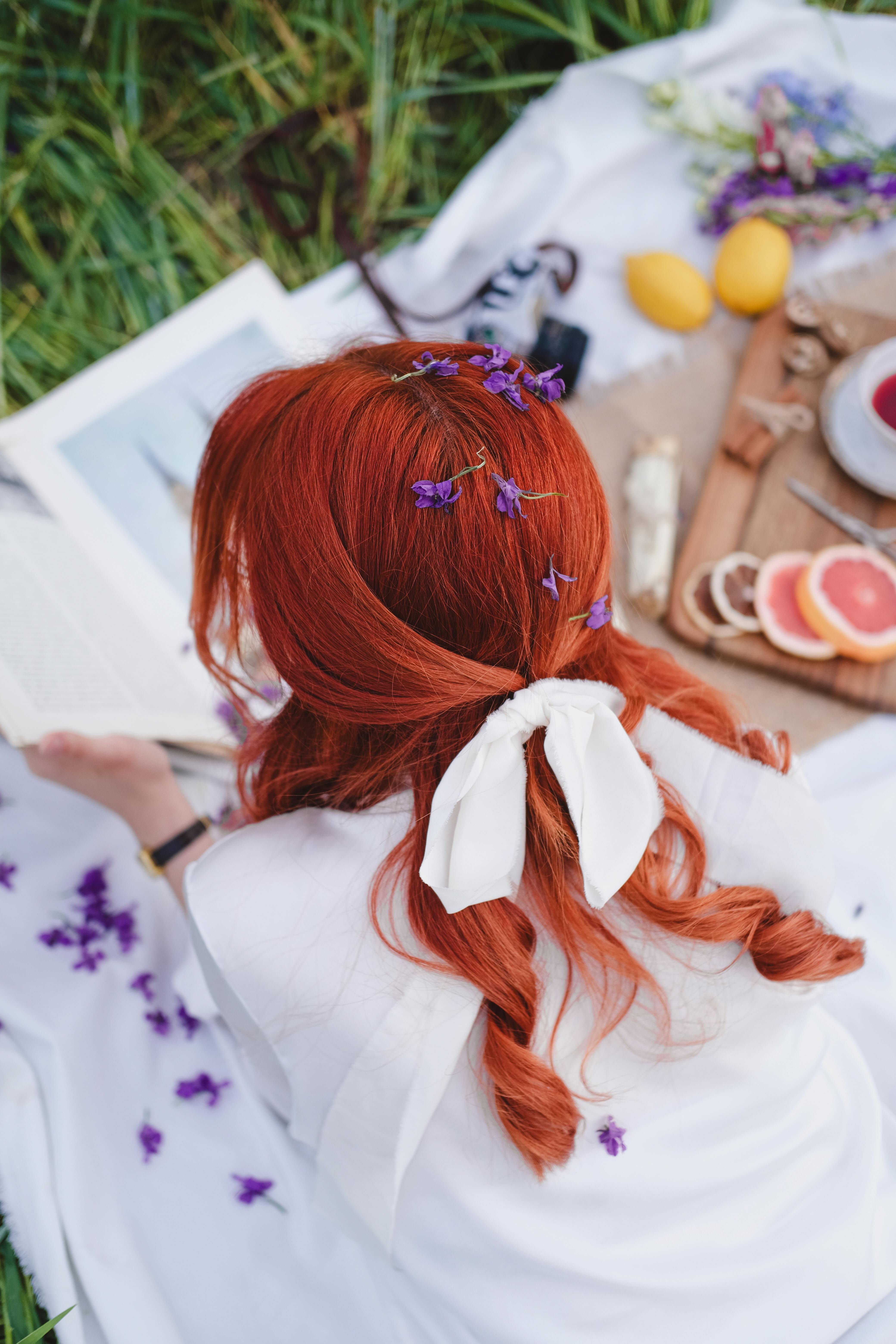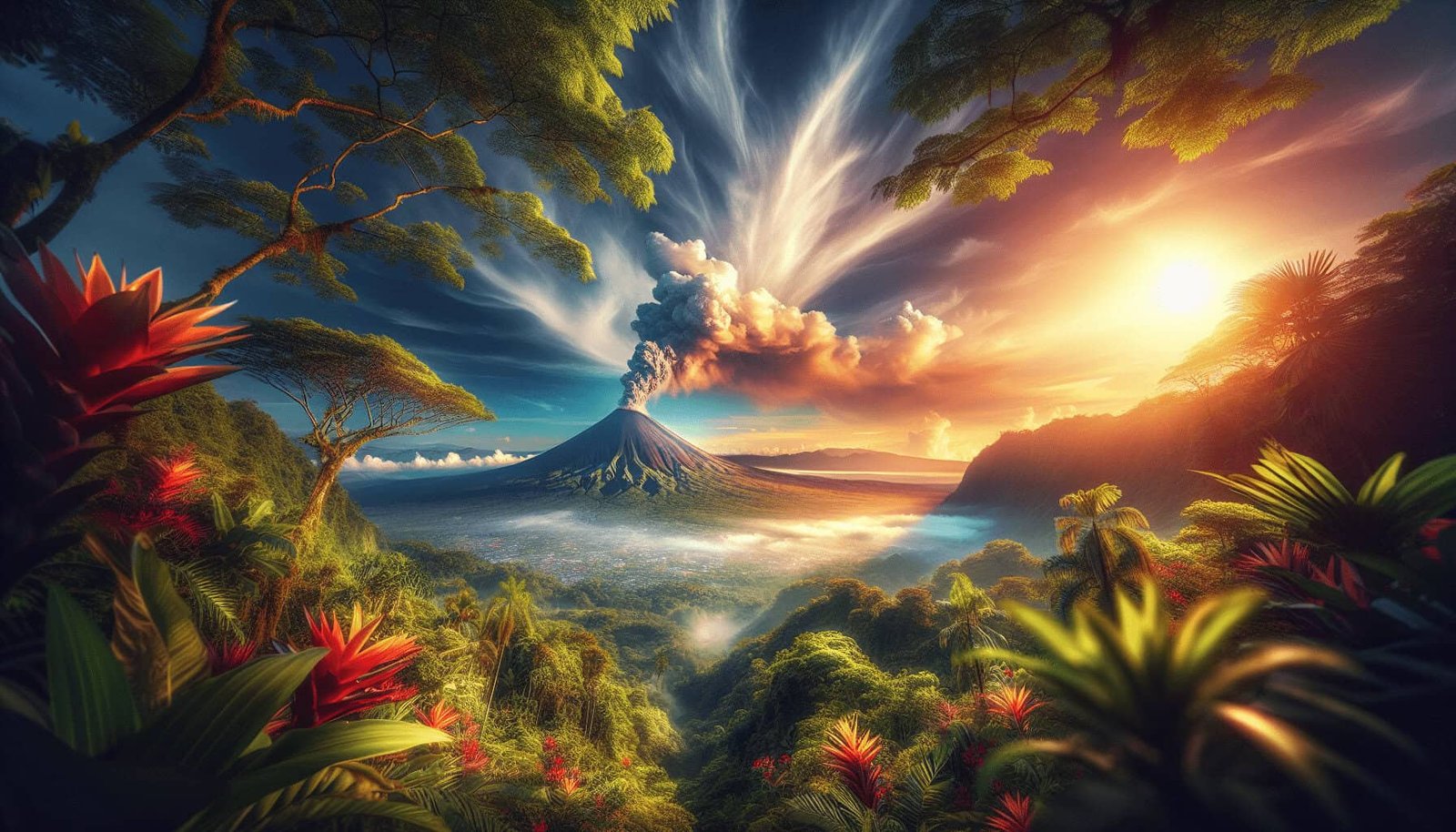If you’re a photography enthusiast planning a trip to Nicaragua, you’re in for a visual treat. Whether it’s capturing the vibrant streets of Granada, the dramatic landscapes of the Masaya Volcano, or the serene Lake Nicaragua, the country offers diverse and stunning scenarios at every turn. Our guide shares essential tips for making the most of your photographic journey, including the best times to shoot, must-visit locations, and how to stay safe while exploring with your gear. Dive into a world where every click of your camera unveils the rich tapestry of Nicaraguan culture and nature.
Are There Any Specific Recommendations For Photography Enthusiasts Visiting Nicaragua?
Are you an avid photographer dreaming of capturing the untouched beauty, diverse culture, and stunning landscapes of Nicaragua? If so, you’re in for a treat! Nicaragua is a gem waiting to be explored and photographed. However, like any destination, there are some tips and recommendations that can significantly enhance your experience and the quality of your photographs. Ready to dive in?
Why Nicaragua?
Before diving into specific recommendations, let’s talk about why Nicaragua should be on your photography bucket list. Known as “The Land of Lakes and Volcanoes,” Nicaragua offers a rich tapestry of natural wonders, colonial architecture, vibrant festivals, and warm-hearted people. Whether you’re an amateur photographer or a seasoned professional, this Central American country has a lot to offer.
Natural Beauty
Nicaragua’s landscapes are incredibly diverse. From the rugged mountains to serene beaches and vast volcanic terrains, there’s something for every nature photographer. Lake Nicaragua, the largest lake in Central America, and the surrounding volcanoes provide stunning backdrops for your shots.
Cultural Richness
Nicaragua’s cultural landscape is equally captivating. The colonial cities of Granada and León boast colorful architecture and historical landmarks, making them perfect subjects for urban and architectural photography. Festivals, traditional dances, and local markets offer plenty of opportunities to capture the essence of Nicaraguan life.
Friendly Locals
One of the most rewarding aspects of photographing in Nicaragua is the warmth and friendliness of its people. Engaging with locals can lead to spontaneous and authentic photo opportunities that highlight the country’s unique character.
Preparing For Your Trip
Preparation is key to making the most of your photographic journey. Here are some pre-trip tips to ensure you’re fully equipped for your Nicaraguan adventure.
Researching Locations
While the entire country is photogenic, some places are must-visit for photographers. Do your homework to identify these locations and plan your itinerary accordingly.
Top Photographic Destinations in Nicaragua:
| Location | Highlights |
|---|---|
| Granada | Colonial architecture, Lake Nicaragua |
| León | Historical landmarks, Street art |
| Masaya Volcano | Active volcano, Night photography |
| Ometepe Island | Twin volcanic peaks, Wildlife |
| Corn Islands | Tropical beaches, Underwater photography |
Weather Considerations
Nicaragua has a tropical climate, with wet and dry seasons that can affect your shooting conditions. The dry season (November to April) is generally more suitable for travel and outdoor photography.
Gear Essentials
What you pack can make or break your trip. Ensure you have all the necessary equipment, including:
- Camera body and lenses
- Tripod
- Memory cards and storage devices
- Portable chargers and extra batteries
- Weather-resistant bags
Health and Safety
It’s crucial to prioritize your health and safety. Make sure you’re up-to-date with vaccinations and carry a basic first-aid kit. Travel insurance is also a wise investment.

On Location: Tips for Capturing the Best Shots
Once you’ve arrived in Nicaragua, you’ll want to maximize every photographic opportunity. Here are some tips for capturing the best shots, from natural landscapes to street scenes.
Best Times for Photography
Early mornings and late afternoons provide the best lighting conditions, often referred to as the “golden hour.” The sun casts a warm glow, and the soft shadows add depth to your photos.
Engaging with Locals
Building a rapport with locals can enrich your photographic narrative. Learning a few basic Spanish phrases can go a long way in breaking the ice.
Using Natural Light
Nicaragua’s natural light is your best friend. Utilize it effectively to create stunning images. If you’re shooting portraits, try to use soft, diffused light to bring out the quality of the subject’s skin and features.
Experiment with Angles and Perspectives
Don’t be afraid to get creative with your shots. Experiment with different angles and perspectives to add dimension and interest to your photos.
Specific Locations: What and How to Shoot
Let’s break down some of the top photographic locations in Nicaragua and offer practical tips for each.
Granada
A jewel of colonial architecture, Granada is a must-see for any photography enthusiast.
What to Shoot
Highlights:
- Colonial buildings
- Central park
- Lake Nicaragua
- Islets of Granada
Tips for Shooting
Spanish colonial architecture offers intricate details and vibrant colors. Use a wide-angle lens to capture these elements in their entirety. For the islets, consider hiring a boat to get close-up shots.
León
León is a city of rich culture and history, making it another essential stop.
What to Shoot
Highlights:
- León Cathedral
- Street art
- Museum of the Revolution
- Local markets
Tips for Shooting
Capture the grandeur of León Cathedral with a wide-angle lens. For street art, use a standard lens to focus on details. Markets are best shot in the morning when they are most bustling with activity.
Masaya Volcano
This active volcano offers some unique photography opportunities, especially for night shots.
What to Shoot
Highlights:
- Crater at night
- Lava flows
- Surrounding landscape
Tips for Shooting
For night photography, ensure you have a tripod and use a slower shutter speed to capture the movement of the lava. Be mindful of safety warnings and guidelines.
Ometepe Island
Ometepe, with its twin volcanic peaks, is a paradise for nature photographers.
What to Shoot
Highlights:
- Concepción and Maderas volcanoes
- Wildlife
- Forest trails
- Local life
Tips for Shooting
Use a telephoto lens for wildlife photography. For landscape shots, a wide-angle lens will help you capture the vastness of the scenery.
Corn Islands
The tropical allure of these islands is perfect for beach and underwater photography.
What to Shoot
Highlights:
- Beaches
- Underwater life
- Local culture
Tips for Shooting
For underwater photography, ensure you have a waterproof camera or housing. Late afternoon light can provide a beautiful warm glow for beach shots.

Post-Processing Tips
After you’ve snapped hundreds of stunning photos, you’ll want to bring them to life through post-processing.
Software Choices
Popular software for photo editing includes Adobe Lightroom, Photoshop, and Capture One. These programs offer robust tools for enhancing your images.
Basic Edits
Start with basic adjustments like exposure, contrast, and saturation. Fine-tuning these settings can dramatically improve your photos.
Advanced Techniques
For more experienced photographers, consider advanced techniques like HDR (High Dynamic Range) and panoramic stitching to create breathtaking images.
Sharing Your Work
You’ve captured beautiful images and polished them to perfection—now it’s time to share your work!
Social Media
Platforms like Instagram, Facebook, and Twitter are great for reaching a broad audience. Utilize hashtags related to Nicaragua and photography to increase your visibility.
Photographic Communities
Joining photographic communities and forums can offer constructive feedback and help you connect with other enthusiasts.
Creating a Portfolio
Consider building a dedicated portfolio website to showcase your best work. This adds a professional touch and makes sharing your work easier.

Responsible Photography
As photographers, it’s essential to practice responsible and ethical photography, respecting both the environment and the people you encounter.
Environmental Conservation
Avoid disturbing wildlife and follow all local guidelines to preserve the natural beauty you’re capturing.
Cultural Sensitivity
Always ask for permission before photographing people, particularly in rural or indigenous communities. Respecting cultural norms and traditions is crucial.
FAQs
Let’s address some common questions that photography enthusiasts might have about visiting Nicaragua.
Is It Safe to Travel to Nicaragua for Photography?
Nicaragua is generally safe for tourists, though it’s always wise to stay updated on travel advisories and exercise common sense, particularly in urban areas.
What’s the Best Time of Year to Visit?
The dry season (November to April) offers ideal weather conditions for photography. The wet season can also provide dramatic cloudscapes and lush greenery, but travel may be more challenging.
Do I Need Special Permits?
For most locations, no special permits are required for photography. However, drone photography may require additional permissions.

Conclusion
Nicaragua is a photographer’s paradise, brimming with natural beauty, historical charm, and cultural richness. With the right preparation and a keen eye, you can capture some truly breathtaking images. So pack your gear, brush up on your Spanish, and get ready for an unforgettable photographic adventure. Happy shooting!
